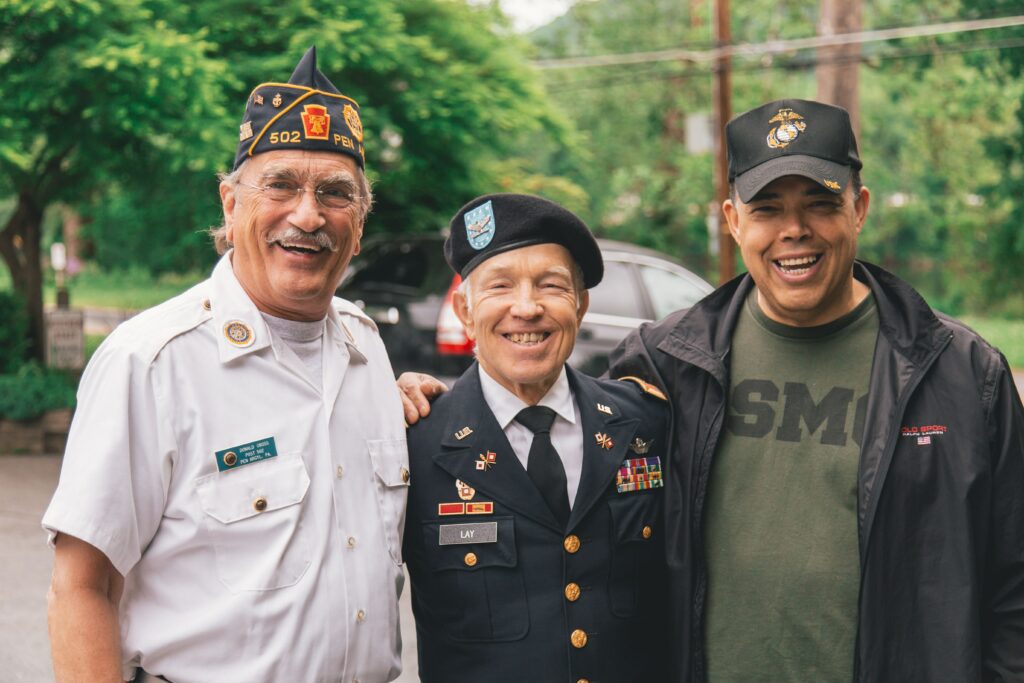To our Veterans, we want to first offer you a sincere Thank You for your service!
The Veterans Health Administration is America’s largest integrated healthcare system serving 8.76 million Veterans each year. The amount of Veterans who can be enrolled in the health care program is determined by the amount of money congress gives the VA evry year. Since funds are limited the VA has created priority groups to make sure that certain groups of veterans are able to be enrolled before others. The VA operates an annual enrollment that helps to manage the provision of healthcare. There are a variety of factors that the VA considers when handling the verification process and determining eligibility for enrollment.
Based on specific eligibility status, that’s when priority groups are assigned. Once a Veteran has applied for enrollment, eligibility will need to be verified. Based on specific eligibility status, that’s when priority groups are assigned, and priority groups determine your spot when waiting in line for medical services. In some cases there will be Veterans who will qualify for more than one priority group. In that case the VA will always place them in the highest priority group that they are eligible for. Under the VA Health Benefits Package, the same services are generally available to all enrolled Veterans.
There are 8 VA priority groups.
Priority Group 1:
- Veterans with VA-rated service-connected disabilities 50% or more disabling
- Veterans determined by VA to be unemployable due to service-connected conditions
Priority Group 2:
- Veterans with VA-rated service-connected disabilities 30% or 40% disabling
Priority Group 3:
- Veterans who are Former Prisoners of War (POWs)
- Veterans awarded a Purple Heart medal
- Veterans whose discharge was for a disability that was incurred or aggravated in the line of duty
- Veterans with VA-rated service-connected disabilities 10% or 20% disabling
- Veterans awarded special eligibility classification under Title 38, U.S.C., § 1151, “benefits for individuals disabled by treatment or vocational rehabilitation”
- Veterans awarded the Medal Of Honor (MOH)
Priority Group 4:
- Veterans who are receiving aid and attendance or housebound benefits from VA
- Veterans who have been determined by VA to be catastrophically disabled
Priority Group 5:
- Nonservice-connected Veterans and noncompensable service-connected Veterans rated 0% disabled by VA with annual income below the VA’s and geographically (based on your resident zip code) adjusted income limits
- Veterans receiving VA pension benefits
- Veterans eligible for Medicaid programs
Priority Group 6:
- Compensable 0% service-connected Veterans
- Veterans exposed to Ionizing Radiation during atmospheric testing or during the occupation of Hiroshima and Nagasaki
- Project 112/SHAD participants
- Veterans who served in the Republic of Vietnam between January 9,1962 and May 7,1975
- Veterans of the Persian Gulf War who served between August 2, 1990 and November 11, 1998
- *Veterans who served on active duty at Camp Lejeune for at least 30 days between August 1, 1953 and December 31, 1987
- Veterans who served in a theater of combat operations after November 11, 1998 as follows:
- Currently enrolled Veterans and new enrollees who were discharged from active duty on or after January 28, 2003, are eligible for the enhanced benefits for five years post discharge.
- **Combat Veterans who were discharged between January 2009 and January 2011, and did not enroll in the VA health care during their five-year period of eligibility have an additional one year to enroll and receive care. The additional one-year eligibility period began February 12, 2015 with the signing of the Clay Hunt Suicide Prevention for America Veterans Act.
Priority Group 7:
- Veterans with gross household income below the geographically-adjusted income limits (GMT) for their resident location and who agree to pay copays
Priority Group 8:
- Veterans with gross household income above the VA and the geographically-adjusted income limits for their resident location and who agrees to pay copays
There are certain limits to the services that you may receive from the VA, depending on the priority groups you fall under. The VA will only pay for services performed at VA hospitals or clinics. Medicare does not consider the VA to be Creditable Coverage for Part B and this will place a penalty on you if you needed to elect Medicare to pay for a treatment not covered by the VA. This means that in the event of an emergency, you would be treated at the nearest trauma center and the VA would not pay for your treatment. That means you have a decision to make.







